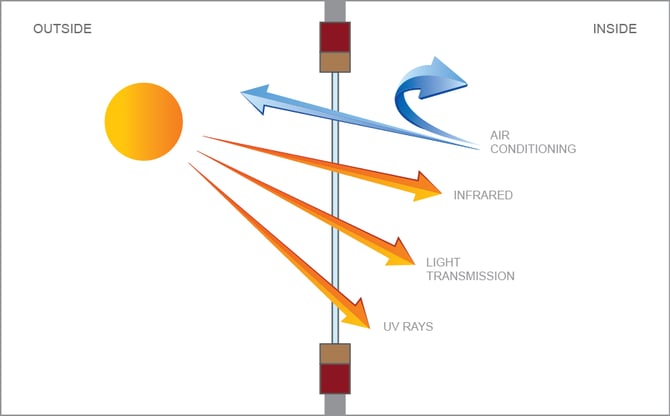All Categories
Featured
Table of Contents
The Science Behind Double Glazed Windows in Midvale Perth
That window can send more solar heat in winter season than in summertime. A west-facing window on a summertime's afternoon has an angle of incidence from near 0 as much as 30 with a large reliable location of solar radiation. A north-facing window, in summer, has a high angle of occurrence and a low reliable location of solar radiation, so can send less heat than a west-facing one.

You can rapidly and easily improve the thermal efficiency of your house by replacing your windows. This is among the most reliable approaches of remodelling to accomplish enhanced thermal convenience. There are thousands of kinds of glass and frames to choose from. Choosing the best ones is essential to improving the energy efficiency of your home.
Does Double Glazing Have A Vacuum? in Caversham WA
Single glazing with clear glass is not very efficient when it comes to heat loss or gain. To enhance efficiency, you can utilize single glazing with a more energy-efficient type of glass such as low emissivity (low-e) glass.
Several layers can be assembled with sealed cavities in between each sheet of glass. IGUs typically offer better energy efficiency than single glazing, due to the fact that they transmit less energy. However, the energy efficiency of IGUs likewise depends on: the residential or commercial properties of each layer of glass. Various glass types (for example, clear and low-e glass) can be assembled in an IGU.
Double Glazing Australia Blogs in WA Perth

IGU cavities can be filled with air or a more inert, low-conductivity gas such as argon the width of the cavity. Wider cavities offer lower (better) U worths, with 12mm typically accepted as the preferred gap how well the cavity is sealed.
If argon is set up to the cavity in location of air, moisture is reliably omitted the level of desiccant (drying representative). The spacer (metal or polymer strip) that separates the glass layers consists of a desiccant to absorb any moisture. Inadequate desiccant might cause wetness to condense on the glass surface in cold conditions, minimizing thermal efficiency.
How Double Glazing Can Help Keep Your Home Cool In ... in Palmyra WA
In truth, IGUs can provide much better energy performance for all environments, especially in heated and air-conditioned houses. Cross-section detail of single, double and triple-glazing units Low emissivity glass (frequently referred to as low-e glass) reduces heat transfer. Low-e glass may be either high or low transmission: High transmission low-e glass has a finish that permits daytime from the sun to pass into your house to accomplish excellent solar heat gain, but minimizes the amount of the long wavelength infrared heat that can get away back through the window.
Low-e glass has either a pyrolytic covering or a vacuum-deposited thin film metal finishing. Pyrolytic coverings are durable and can be used for any glazing; vacuum-deposited coatings are soft and are only utilized within IGUs. Low-e finishings can substantially enhance both U value and SHGC; nevertheless, they must be utilized correctly or they will either degrade or fail to carry out as needed.
Faq in North Beach Perth
Low-e coverings can be utilized in combination with clear, toned or reflective glass. Low-e coverings on glazing can reduce heat transfer where required Photo: Department of Industry, Science, Energy and Resources Toned glass has colouring ingredients included throughout manufacture. It is available in numerous colours, usually bronze, grey, blue and green.
Table of Contents
Latest Posts
The Surprising Benefits Of Double Glazing In The Summer ... in Dalkeith Western Australia
Why Install Stunning Double Glazing Windows During Summer? in Glendalough WA
Double Glazing Windows in Osborne Park Perth
More
Latest Posts
The Surprising Benefits Of Double Glazing In The Summer ... in Dalkeith Western Australia
Why Install Stunning Double Glazing Windows During Summer? in Glendalough WA
Double Glazing Windows in Osborne Park Perth